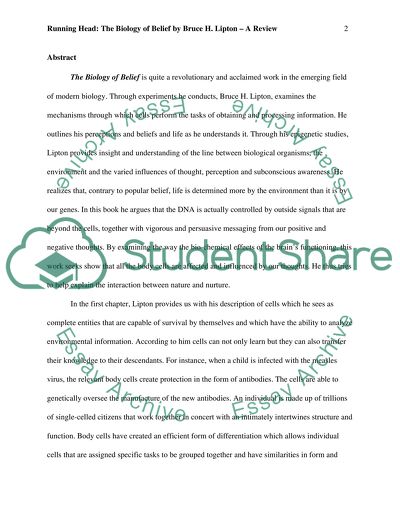Cite this document
(“The biology of belief by Bruce h. Lipton Book Report/Review”, n.d.)
Retrieved from https://studentshare.org/philosophy/1484221-the-biology-of-belief-by-bruce-h-lipton
Retrieved from https://studentshare.org/philosophy/1484221-the-biology-of-belief-by-bruce-h-lipton
(The Biology of Belief by Bruce H. Lipton Book Report/Review)
https://studentshare.org/philosophy/1484221-the-biology-of-belief-by-bruce-h-lipton.
https://studentshare.org/philosophy/1484221-the-biology-of-belief-by-bruce-h-lipton.
“The Biology of Belief by Bruce H. Lipton Book Report/Review”, n.d. https://studentshare.org/philosophy/1484221-the-biology-of-belief-by-bruce-h-lipton.


